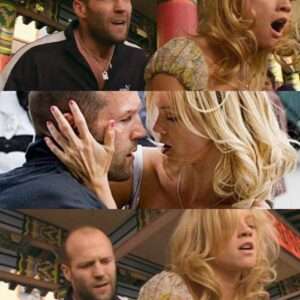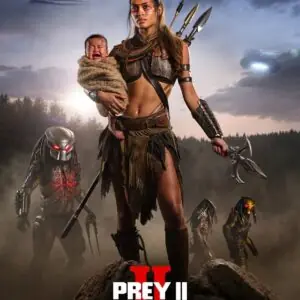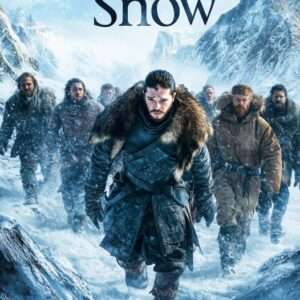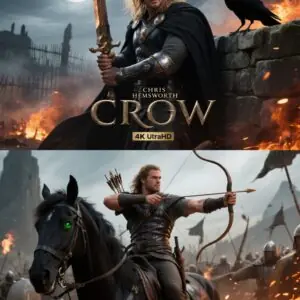Down in the Valley (2005): A Modern Western Disguised as a Tragedy
Directed by David Jacobson and starring Edward Norton, Down in the Valley (2005) is a haunting, offbeat psychological drama that blends elements of the American Western with a contemporary suburban setting. With its slow-burning narrative and complex characters, the film explores themes of identity, alienation, romantic idealism, and the dangerous gap between fantasy and reality.
Though divisive among critics and audiences, Down in the Valley stands out for its ambition, atmosphere, and Edward Norton’s mesmerizing performance as a modern cowboy lost in a world that has no place for him.

Plot Summary
Set in the San Fernando Valley, the film follows Harlan (Edward Norton), a polite, soft-spoken drifter who dresses and speaks like a cowboy from a bygone era. He’s out of place in suburban California, where his old-fashioned mannerisms and rural dreams seem both quaint and unsettling. One day, he meets Tobe (Evan Rachel Wood), a rebellious teenage girl who’s intrigued by his uniqueness and quickly falls for him.
Despite their age difference and Tobe’s protective father, Wade (David Morse), the relationship intensifies. Harlan’s charming demeanor begins to crack, revealing a darker, more unstable side. He starts to lose touch with reality, retreating further into his cowboy persona as tensions with Tobe’s family escalate.
What begins as a quirky love story shifts into a disturbing character study. As Harlan’s grip on sanity unravels, the film moves toward a violent and tragic climax, with Tobe and her younger brother Lonnie (Rory Culkin) caught in the emotional and physical crossfire.
Themes and Style
At its core, Down in the Valley is about identity and escapism. Harlan lives in a romanticized world of cowboys and freedom, disconnected from the modern world around him. His cowboy persona isn’t a costume — it’s a deep delusion, a fragile shield against his inner emptiness. The film critiques the seductive power of nostalgia and the dangers of trying to live in a world that no longer exists — or perhaps never did.
Tobe represents youthful rebellion and longing for escape, making her vulnerable to Harlan’s charm. But as she realizes that Harlan’s dream is actually a dangerous fantasy, she must confront the reality of who he is — and who she wants to be.
The cinematography uses the wide, dry landscapes of California to evoke Western iconography, creating a stark contrast with suburban homes, freeways, and shopping centers. This visual clash underscores the film’s central tension between past and present, myth and reality.

Performances
Edward Norton gives one of his most unusual performances, perfectly capturing Harlan’s mix of gentleness and menace. Evan Rachel Wood, just 17 at the time, brings maturity and emotional depth to Tobe, while David Morse and Rory Culkin offer strong support as the wary father and sensitive younger brother.
Conclusion
Down in the Valley is not a traditional thriller or love story — it’s a slow, unsettling tale about delusion, desire, and the cost of living in a dream. It asks: what happens when fantasy collides with reality? The answer, in this film, is both heartbreaking and terrifying.





